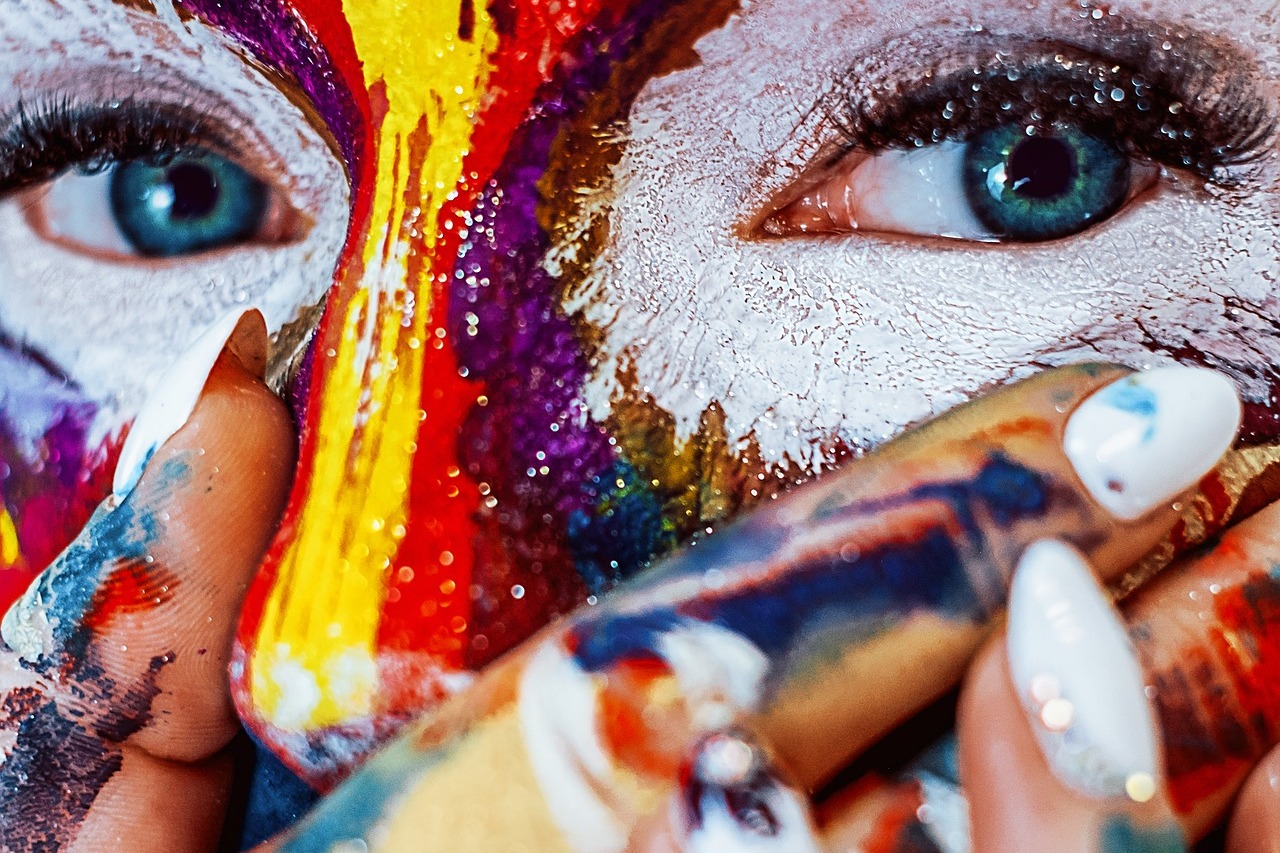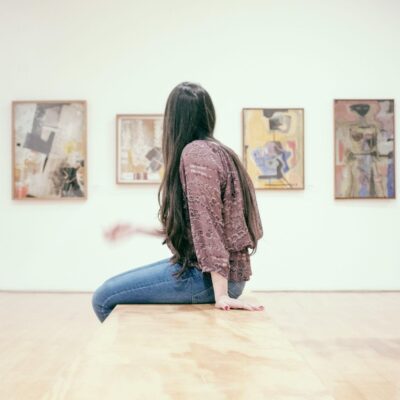
A new stage in the Australian fine arts begins in the 30s, when modernist currents became more active in it and two main tendencies – realism and formalism (mainly surrealism) – became more and more sharply defined. However, it should be noted that a number of major contemporary artists sometimes have a contradictory combination of, in fact, conflicting traditions. Certain realistic achievements can coexist with purely formal experiments. Significant in this respect is the work of William Dobell (b. 1899), one of the prominent Australian painters who studied in Sydney and London. If his early landscapes and genre scenes had a somewhat dispassionate and objectively ascertaining character, then in the 30s. in his painting, a more active and acute perception of reality is manifested, his manner of writing becomes more energetic. Sometimes, however, Dobell’s penchant for expressionism is also visible. Dedicating his work mainly to a portrait, he sometimes achieves a great acuity and expressiveness of characterization, especially in a series of portraits of representatives of the Australian army and people, painted in the 40s. Among the best portraits of Dobelle – “Margaret Olley” (Sydney, Art Gallery of New South Wales), a portrait of a Cypriot (1940; Brisbane, Queensland Art Gallery). Sometimes the expressiveness of the transfer of the portrayed borders on satirical caricature, as, for example, in The Woman of South Kensington (1937; Sydney, Art Gallery of New South Wales). These expressionistic tendencies sometimes lead to deformation (“Portrait of Mary Gilmore”, 1955-1957; ibid.).
Another major contemporary Australian artist is Russell Drysdale (b. 1912). Carried away at the beginning of his work (late 30s – early 40s) primitivism, he gradually moves to the position of realistic reproduction of reality, his works become more convincingly material, space is conveyed more truthfully. The best works of Drysdale are characterized by a characteristic restrained severity and inner drama, which, however, is not expressed in the depiction of any external strong action. Among his best works is a portrait of two children (1946; Melbourne, National Museum of Victoria) —a pair of a boy and a girl, whose images are full of inner wariness and some kind of hidden sadness. A sense of tragedy is full of the painting “White Mountain” with the figure of a native woman holding her child on her knees, against the background of a harsh and deserted yellow-red landscape with a mountain dimly whitening in the distance.



